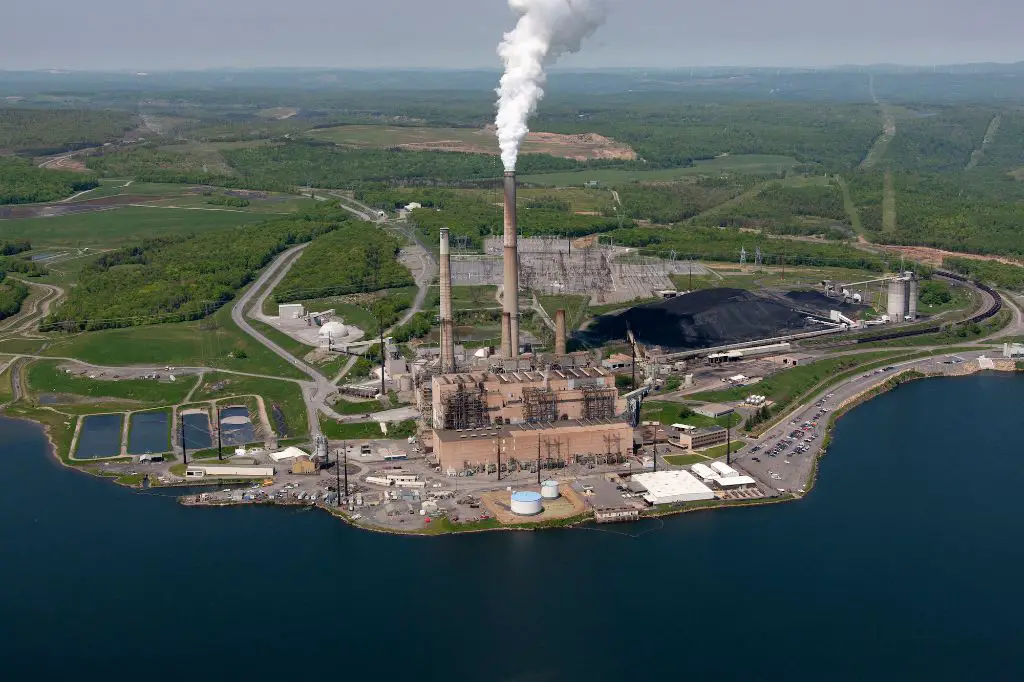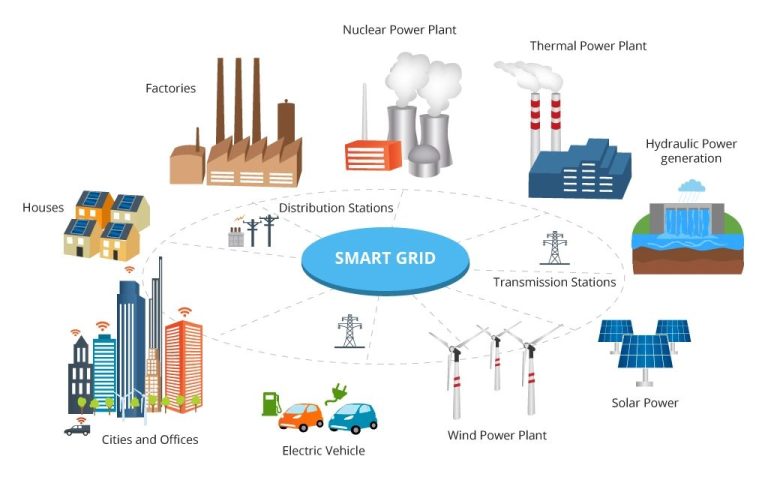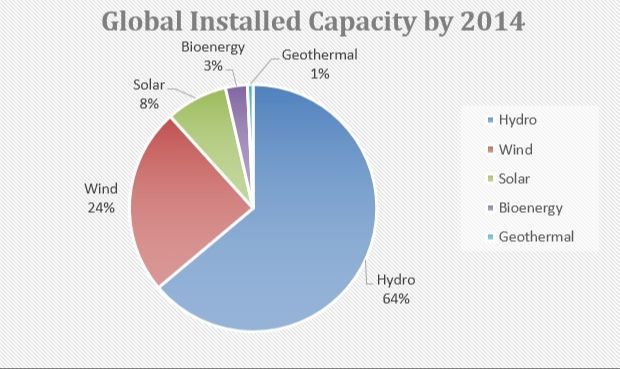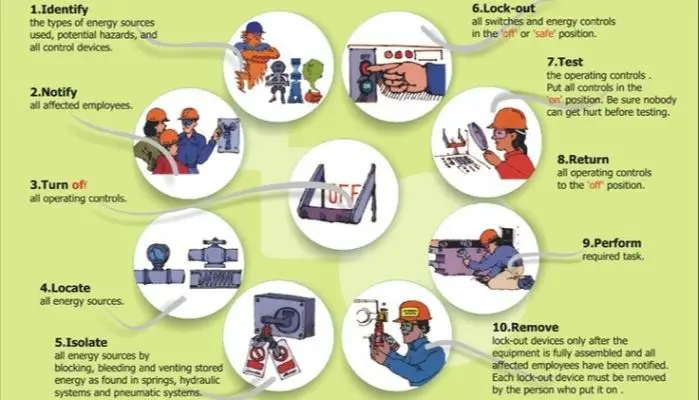What Are 3 Problems With Non Renewable Energy?
Fossil Fuels Are Finite

Fossil fuels like coal, oil, and natural gas are nonrenewable energy sources formed from the remains of ancient plants and animals. They take millions of years to form, so once depleted they cannot be replaced on a human time scale. According to the US Energy Information Administration, at current consumption rates the world’s reserves of oil, coal, and gas will run out in approximately 50, 80, and 50 years respectively [1].
Fossil fuel reserves are being depleted much faster than new ones are being formed, so they are a finite resource. As global energy demand continues rising, remaining reserves are dwindling quickly. Developing renewable energy sources is crucial for energy sustainability once fossil fuel supplies eventually run out.
Environmental Damage
The extraction and transportation of fossil fuels comes with significant environmental impacts. Processes like mining, drilling, and fracking can destroy habitats, pollute land and water, and harm local wildlife. Major environmental disasters like oil spills have occurred, devastating ecosystems. According to the Natural Resources Defense Council, “Fossil fuel extraction and production generate enormous quantities of toxic and carcinogenic waste products that can seriously harm human health and the environment.”
Specific examples of environmental damage include:
- Oil spills, such as the 2010 Deepwater Horizon spill in the Gulf of Mexico which leaked over 130 million gallons of oil, harming marine life and costing billions in cleanup costs and economic damages (Source).
- Coal mining techniques like mountaintop removal which involves blasting the tops off mountains to reach coal seams, destroying forests and burying streams (Source).
- Natural gas drilling and fracking which can contaminate groundwater and release methane into the air.
Climate Change Emissions
Burning fossil fuels like coal, oil, and natural gas emits significant amounts of carbon dioxide and other greenhouse gases like methane, nitrous oxide, and fluorinated gases. According to the EPA, carbon dioxide from fossil fuel combustion accounted for 93% of total U.S. anthropogenic CO2 emissions in 2020, totaling around 5,172 million metric tons
(Sources of Greenhouse Gas Emissions).
Globally, carbon dioxide from fossil fuels contributed 65% of the total greenhouse gas emissions in 2010. Total global greenhouse gas emissions were estimated at 49 gigatonnes of CO2 equivalent that year (Global Greenhouse Gas Emissions Data). The majority of these emissions come from energy production and use, including the burning of coal, oil, and natural gas.
The United States, China, EU, India, Russia, and Japan account for over 70% of global greenhouse gas emissions (Where greenhouse gases come from). Reducing reliance on fossil fuels is critical to lowering global greenhouse gas emissions and mitigating climate change.
Energy Security Risks
Many countries rely heavily on imported fossil fuels, especially oil and natural gas. This dependence on imports from foreign nations poses energy security risks. Supply disruptions caused by political instability, resource nationalism, and conflict in producing regions can threaten the steady flow of affordable fossil fuel imports.
For example, tensions between Russia and Ukraine have caused periodic disruptions in natural gas flows from Russia to Europe. Russia has previously cut off gas exports during pricing disputes with Ukraine, impacting European countries reliant on Russian gas piped through Ukraine [1]. Political instability in oil producing countries like Venezuela, Libya, and Iraq has also created global supply concerns and price volatility on many occasions.
The risks of relying heavily on imported fossil fuels were evident during the 1970s oil crisis, when an OPEC embargo led to fuel shortages and price spikes in many countries. Such events underscore the energy security risks of depending on imports from unstable or unfriendly regions.
Price Volatility
Non-renewable energy sources like oil, natural gas, and coal face limited supplies. As global demand grows and easily accessible reserves decline, producers can struggle to increase output fast enough to meet demand. This causes energy prices to spike suddenly.
Some examples of major price spikes include:
- Between 2003 and 2008, oil prices climbed from $28 per barrel to over $134 per barrel (see History of Oil Prices).
- In the 1970s, oil prices quadrupled following the 1973 OPEC oil embargo and the 1979 Iranian Revolution (see Major Oil Market Crashes in History).
These sudden price spikes can severely disrupt economies dependent on imported oil and gas, highlighting the energy security risks of relying on finite, geographically concentrated fossil fuel reserves.
Air and Water Pollution
Fossil fuel use emits a variety of dangerous air pollutants, including sulfur dioxide, nitrogen oxides, particulate matter, mercury and dioxins. These pollutants contribute to health problems like asthma, lung cancer, heart disease and premature death, as well as environmental issues like acid rain and global warming.
According to sources from Harvard School of Public Health research, in the US alone, exposure to particulate matter from fossil fuel emissions contributes to an estimated 200,000 early deaths each year. Mercury emissions from coal plants are linked to developmental disorders in children. Cancers are also associated with exposure to fossil fuel pollutants.
Fossil fuel extraction releases hazardous water pollutants like lead, benzene and arsenic from mining and drilling activities. These toxins can contaminate drinking water supplies and are linked to health problems like cancer, organ damage and birth defects, based on a 2021 report. Fossil fuel waste products also create ocean acidification, harming marine ecosystems.
Coal Mining Dangers
Coal mining is an extremely dangerous profession that often leads to severe health issues and injuries for miners. One of the most well known risks is black lung disease, also known as coal worker’s pneumoconiosis (CWP). This is an incurable but entirely preventable lung disease caused by long-term exposure to coal dust in mines. Tiny coal particles are inhaled and build up in the lungs, causing scarring and reduced lung function over time.
According to the National Institute for Occupational Safety and Health (NIOSH), over 75,000 miners have died from black lung disease since 1968 in the US alone. Rates fell sharply after regulations improved in 1969, but have been rising again since the late 1990s as mining techniques expose workers to more dust. An investigative report in 2018 found a rate of around 20% of Appalachian coal miners with advanced black lung, over 5 times the official stats [1].
Overall coal mining injury and fatality rates remain relatively high compared to other industries. According to the Mine Safety and Health Administration (MSHA), there were 20 mining fatalities in 2021, up 22% from 2020. 12 of these deaths occurred in the coal sector, mainly due to powered haulage and machinery accidents. The coal mining fatality rate was 0.0156 per 200,000 hours worked in 2021 [2]. While safety has improved dramatically over the past century, coal mining still results in dozens of avoidable deaths each year.
Nuclear Waste
Nuclear waste is one of the major problems and risks associated with non-renewable energy sources like nuclear power. As of 2020, there are over 250,000 metric tons of highly radioactive waste being stored near nuclear power plants and weapons production facilities (source). This waste can remain hazardous for hundreds or even thousands of years due to its radioactivity.
There are several key issues regarding nuclear waste storage:
- No permanent disposal site – Most nuclear waste is being stored temporarily, awaiting a long-term solution for final disposal. However, suitable permanent underground repositories have not yet been established in many countries.
- Storage risks – If not properly stored and secured, nuclear waste poses contamination risks and health hazards to surrounding communities. Temporary storage sites may be vulnerable to accidents, leaks or attacks.
- Monitoring needed – Even in a permanent repository, the waste needs to be monitored and isolated from the environment for an extremely long period of time to avoid radioactive leakage.
- Transportation dangers – Transporting nuclear waste also carries risks, both routine and accident-related.
Developing safe long-term storage and disposal solutions for nuclear waste continues to be a major challenge. Improper storage can lead to serious environmental and health consequences (source). Ongoing research seeks better waste treatment methods to reduce hazards over time.
Subsidies and Tax Breaks
Fossil fuel companies receive enormous government subsidies and tax breaks. According to the International Monetary Fund (IMF), globally fossil fuel subsidies were $7 trillion or 7.1% of GDP in 2022. This reflects a $2 trillion increase since 2020 due to government support.
The countries providing the highest fossil fuel subsidies in 2021 include:
- China – $728 billion
- United States – $618 billion
- Russia – $237 billion
- India – $111 billion
- Japan – $63 billion
Fossil fuel subsidies divert government funds that could be invested in healthcare, education, infrastructure, and renewable energy. Subsidies also encourage wasteful consumption and disproportionately benefit wealthy corporations. Phasing out fossil fuel subsidies would support the transition to clean energy while generating revenue to assist displaced workers.
Transition Challenges
Transitioning from fossil fuels to renewable energy sources poses significant economic and social challenges. Fossil fuel industries employ millions of workers worldwide and are deeply ingrained in many local and regional economies. Phasing out these industries will inevitably lead to job losses and community impacts.
For example, coal mining regions like Appalachia in the United States and coal towns in China face major risks from the clean energy transition. These regions are heavily economically dependent on coal, yet have limited economic diversity or alternative job opportunities if coal demand declines [1]. The abrupt closure of mines and power plants could devastate entire towns and result in structural unemployment.
The oil industry also faces upheaval, as production declines to meet emissions targets. Oil-producing states and countries like Texas, North Dakota, Saudi Arabia, and Russia rely heavily on oil revenues. Phasing out oil would require major economic restructuring and alternatives to lost tax revenues and employment [2]. Without proper planning and support, the transition could destabilize economies and communities.
Careful policy planning and targeted investments are needed to help economies diversify, retrain workers, attract new industries, and ensure a just transition. A rapid, poorly managed shift away from fossil fuels risks economic crises and social disruption. Policymakers must balance environmental goals with supporting vulnerable workers and communities affected by the energy transition.







